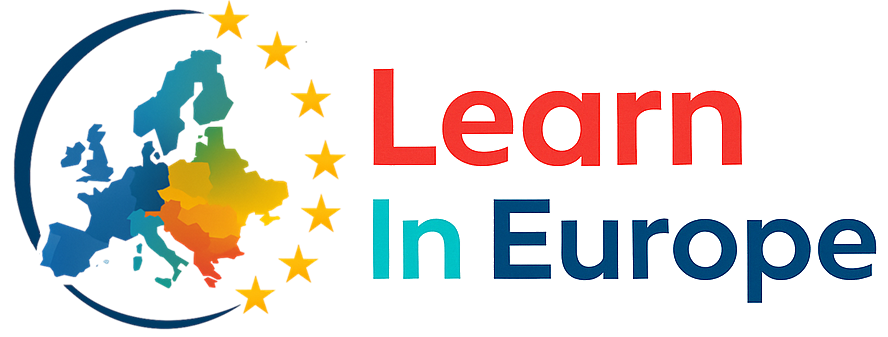And how to start without being a novelist.
 Stories are everywhere — in our conversations, in the news, in how we remember childhood. They help us make sense of the world and of ourselves. So why are language classrooms still filled with gap-fill worksheets and so few stories?
Stories are everywhere — in our conversations, in the news, in how we remember childhood. They help us make sense of the world and of ourselves. So why are language classrooms still filled with gap-fill worksheets and so few stories?
Storytelling isn’t just a warm-up activity. It’s a way of teaching that connects deeply with how humans learn. Recent studies suggest that storytelling leads to richer language output, deeper comprehension, and stronger engagement than traditional instruction methods.¹ When learners actively create or listen to stories, they aren’t just hearing grammar — they’re feeling it.
One study found that learners exposed to storytelling used more complex oral language and retained more information than those who only listened to stories read aloud.¹ Another review spanning dozens of classrooms showed that digital storytelling helps learners develop fluency, creativity, and confidence in speaking.² Neuroscience supports this too: when we hear a well-structured story, our brains release oxytocin — a hormone that enhances trust, empathy, and attention.³
From a teaching perspective, stories bring together everything we want our students to master: vocabulary in context, grammatical structures in action, and the rhythm of real communication. Whether it’s a personal anecdote or a reimagined folktale, a story makes language purposeful — and memorable.
So how can you start, without turning into a performer or novelist?
Here are three low-prep, high-impact ideas:
- My Story in Six Images – Students choose six images to tell a personal or fictional story. Visuals reduce pressure, and the structure keeps it focused.
- Retell a Folktale – Ask students to modernize a short traditional story or tell it from a new character’s perspective.
- Letter from the Future – A short letter to themselves 10 years from now — part storytelling, part reflection, often deeply motivating.
Still unsure? Think about this: What do you remember more — the grammar exercise from your textbook, or that one teacher who told unforgettable stories?
In our seminar, we’ll explore exactly how to design these moments: with frameworks, tools, and activities you can use the very next week. This article is just the trailer — the full story begins in Berlin.
Works Cited
- ¹ Isbell, R. & Sobol, J. (2020). The Effects of Storytelling and Story Reading on the Oral Language Complexity and Story Comprehension of Young Children. Early Childhood Education Journal, 48(6), 729–737. https://doi.org/10.1007/s10643-020-01026-3
- ² Nguyen, M. H. (2021). Digital storytelling in language education: A systematic review. Computer Assisted Language Learning, 34(5-6), 653–678. https://doi.org/10.1080/09588221.2019.1660789
- ³ Zak, P. (2013). Why inspiring stories make us react: The neuroscience of narrative. Harvard Business Review. https://hbr.org/2014/10/why-your-brain-loves-good-storytelling

